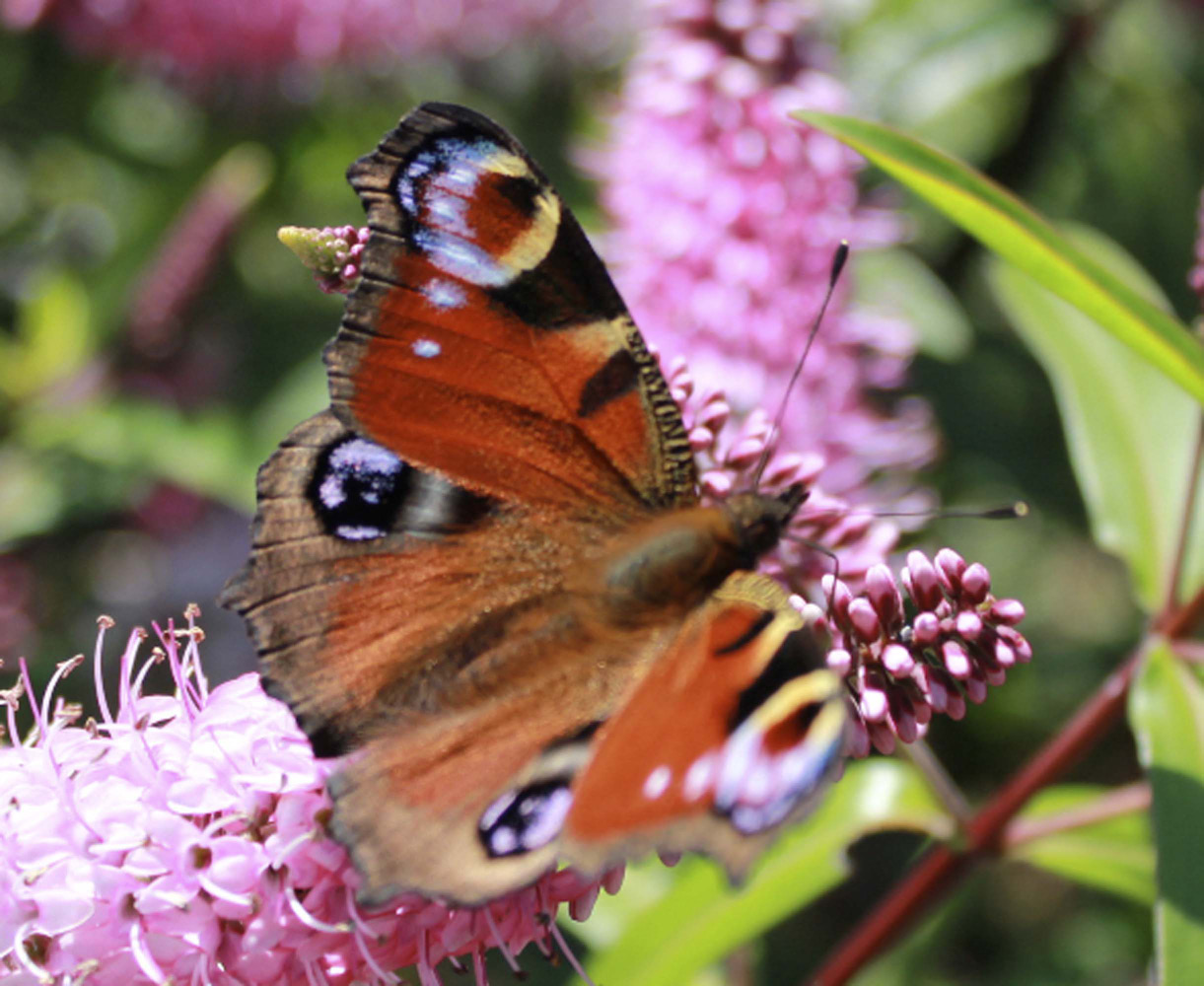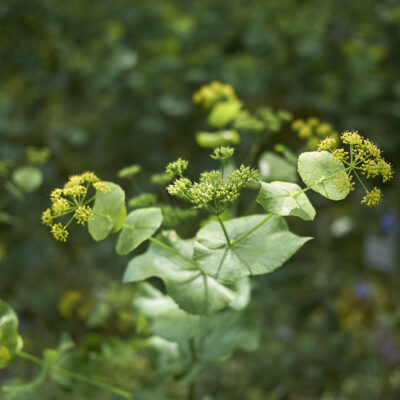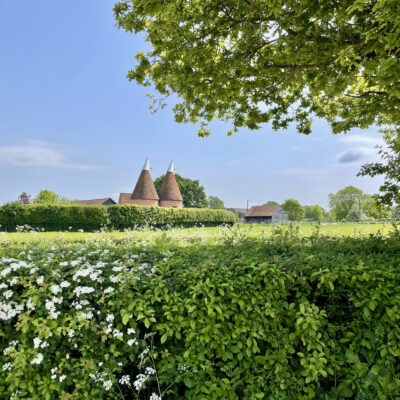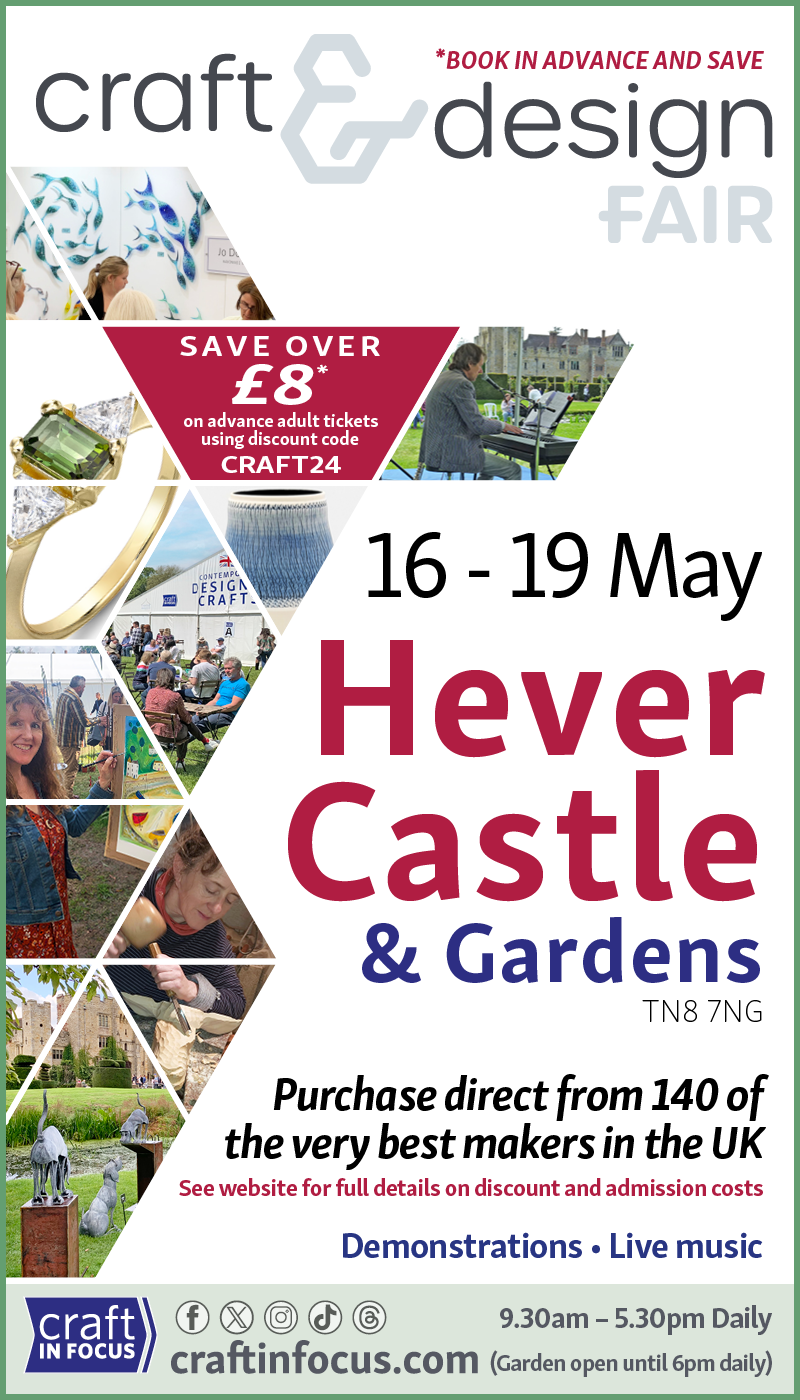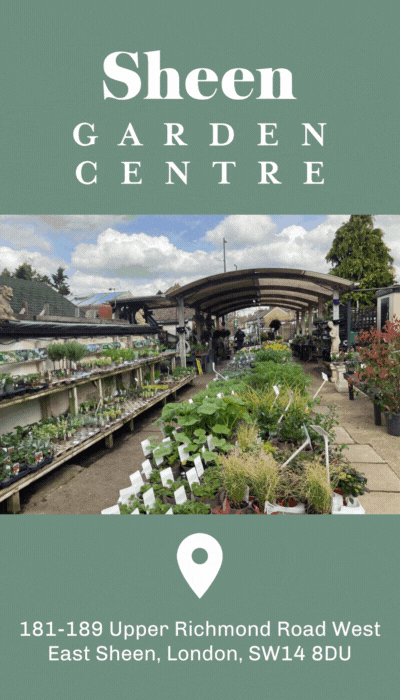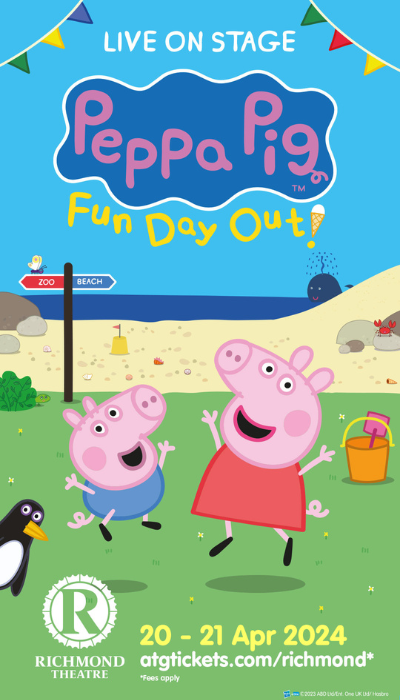Last year was a bumper butterfly year. The unusually warm, dry spring we had benefitted those species that breed early in the season. This is heartening news, as the overall theme in the butterfly world is one of decline, due, of course, to the usual things that stop creatures in their tracks – intensive farming and pesticide use, decimation of habitats and general (human style) tidiness. Unfortunately, given the weather we’ve had this spring, we may not get to those numbers this year.
Butterflies are in decline, but we do have a good variety of butterflies in the south of England. The climate is slightly warmer down here and, if the wind’s in the right direction and the weather’s welcoming, we also get a few exotic species visiting from other parts of Europe too.
If you want to attract butterflies into your garden, wildflowers are always a good choice. Most of them are nectar rich, as nectar is the currency they’ve learned to bribe insects with for millions of years. A flowery meadow will attract a range of native species like Meadow Browns, Small Blues and Skippers. You can create a meadow environment in your back garden by allowing a patch of grass to become a little wild and planting wildflowers within it. If you want to sow wildflower seed, you may have to kill off the existing grass and then re-sow with weaker species, as rampant rye grass will out compete the flowers. Annual meadow flowers, like Cornflowers will need to be re-sowed each year, but there are lots of perennials – Oxeye daisies, Scabious, wild Carrot, that you can plant as plugs for a lower maintenance option.
If you want all the joys of nature gardening, but still want to keep some control in your borders, you’ll be glad to know that butterflies aren’t too fussy. They’re just as attracted to well-behaved, cultivated plants as they are to the native wild species – providing they contain lots of nectar. These tend to be the simpler, single blooms, not the fancy sterile cultivars with double petals. Highly bred plants are no use to insects – we might as well poke plastic flowers in the ground for all the nourishment they provide. Bees can’t see the colour red, which also explains why many nectar-rich flowers are at the blue end of the spectrum. Butterflies have better colour vision than bees, but no sense of smell, so are guided to the nectar source purely by the colour of the flowers.
The type of butterflies you’ll attract to your garden will be determined by the surrounding countryside and whether there’s a plentiful supply of their caterpillar food source. Most caterpillars seem to like eating stinging nettles, so some of us will be off to a flying start (actually I suspect that it’s become so fashionable that it’ll soon be compulsory to have a patch of stinging nettles somewhere in your garden). The most common butterflies that we see in the garden – Peacocks and Red Admirals and (now less frequent) Tortoiseshells, are happy in a variety of situations, but some species are more specific (heathland – Silver-studded Blue, Grayling; meadow – Meadow Brown, Common Blue; woodland – Comma, Brimstone, Orange Tip).
Designing a Butterfly Border: It takes a lot of energy to fly marathon distances between plants, so butterflies will be attracted to your border once there are enough flowers to warrant a visit. Aim to have at least a square metre of each variety of plant. This is easy with something like a shrub, but can become costly with smaller plants and perennials (many of them are simple to increase by taking cuttings though). From a general design point of view the effect in the border is better if you can have at least three of each variety – more if budgets allow. Thinking in drifts and clumps of a particular plant avoids that sparse ‘bitty’ look and will ensure that the butterflies will visit for longer. If you can, aim to have a good selection of flowers for each season too – starting in early spring to help the overwintering species and those that will be hatching early and ending with the first frosts. Butterflies like Red Admirals also appreciate the sugars in windfall fruit.
The plants to use: I guess Buddleias are the first plants that spring into our minds – it’s not called the butterfly bush for nothing. There are several cultivars of Buddleia, the first to flower being the graceful weeping form, B. alternifolia. One of my favourites, B. globosa, bears small orange pom poms in June, but it is a bit of a thug and needs to be kept in check (and at the back of the border). The common (scruffy) Buddleia davidii, found blooming away in unlikely places – cracks in walls, building sites and rooftops – is available in several colours; I especially like a variegated (lime and dark green) one with big purple flowers called ‘Santana’. Buddleia davidii varieties do need a good prune in early spring to stop them getting leggy and ungainly. Then there are the Hebes – there’s a Hebe available for nearly every size of border, but I’ve found that the insects seem to like the larger varieties, like H. ‘Midsummer Beauty’, or ‘Great Orme’.
There’s a big range of annuals, biennials and perennials that are attractive to butterflies. Rich in nectar is the most important characteristic, but butterflies and heavier, bumbling type bees also like to have a secure surface to land on, so big daisy type flowers (those in the family Compositae) are popular. A wonderful tall, airy, but surprisingly strong plant that will seed itself all over the garden (if it likes you) is Verbena bonariensis. It has a very long flowering season – from June until the frosts and is packed full of nectar. Keeping a nectar source available until the winter becomes possible (and will be appreciated by those out for their last meal) if you grow a range of late summer and autumn flowering plants like Dahlias, Asters, Echinacea and Sedums. Sedums are especially popular and will often be found teeming with a huge variety of busy bugs.
Once the winter arrives the butterflies will need to find dry sheltered places in which to eke out the colder months – your shed (or even the corners of cold rooms in the house) offer them cosy sites, as will piles of logs and the dead top growth of herbaceous perennials – another good reason not to be too tidy out there.
We may not have had a great spring in the garden this year, but with any luck, the right flowers and a healthy patch of stinging nettles, there’s a good chance that we can look forward to a butterfly summer.
TEST
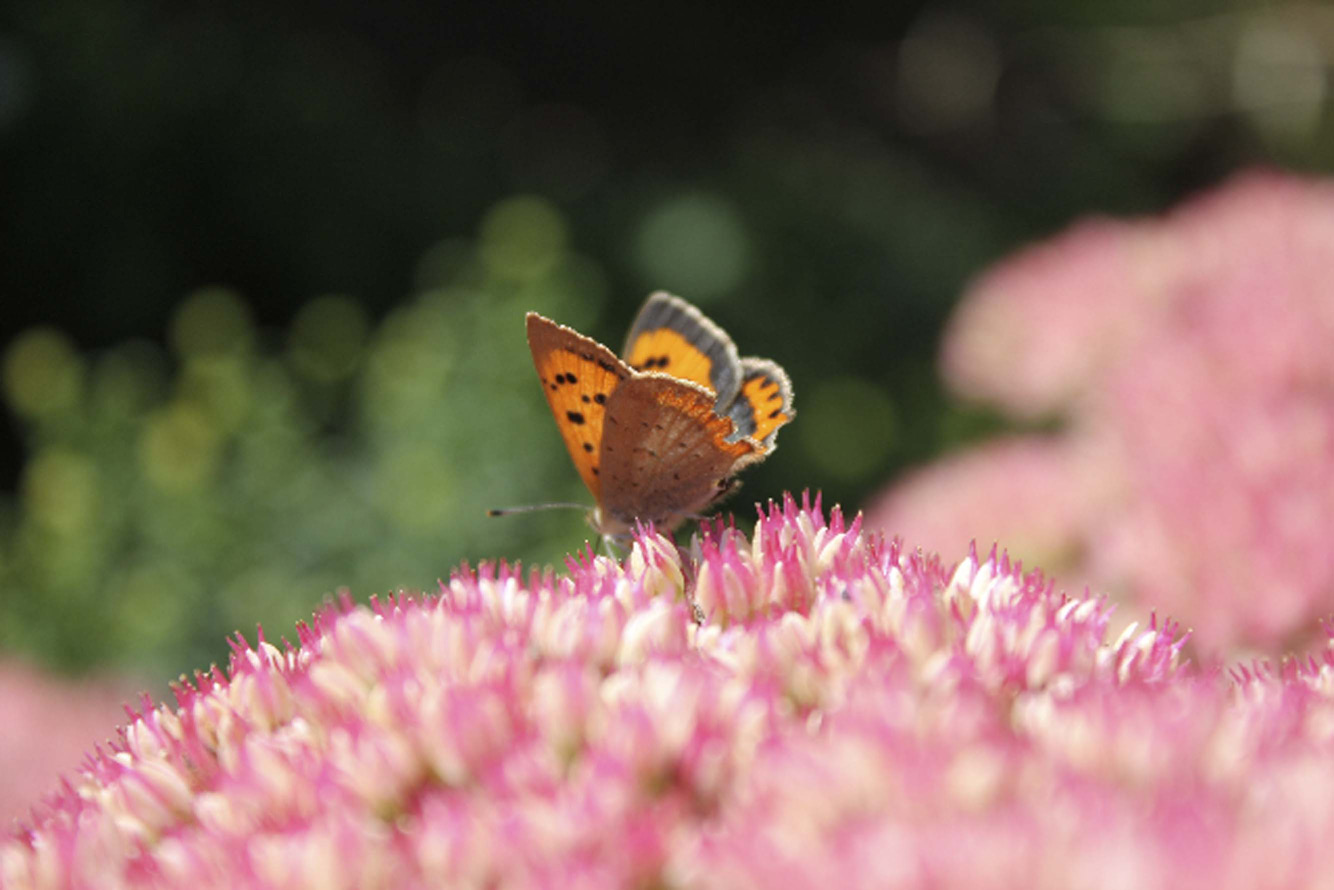 TEST
TEST
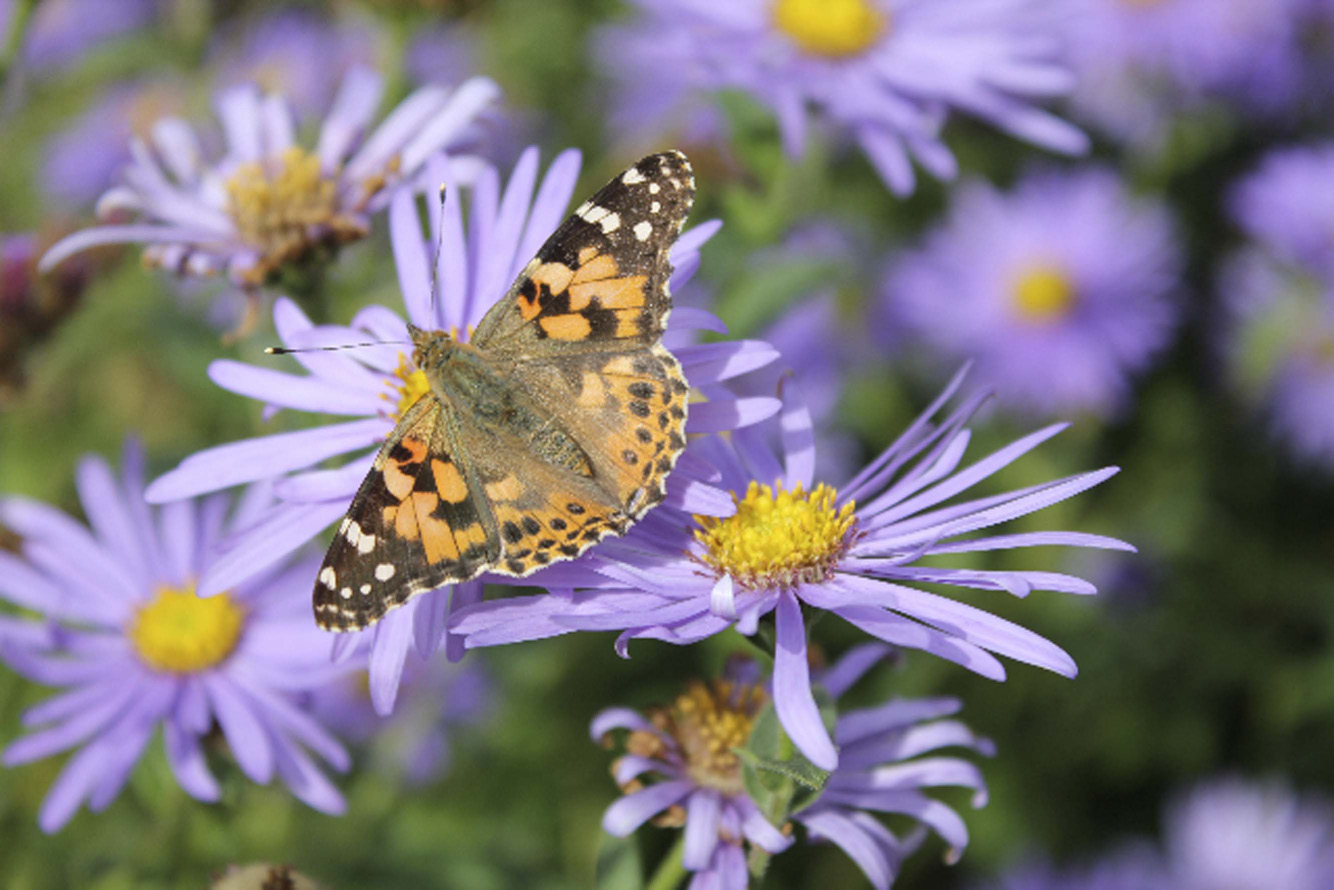 TEST
TEST
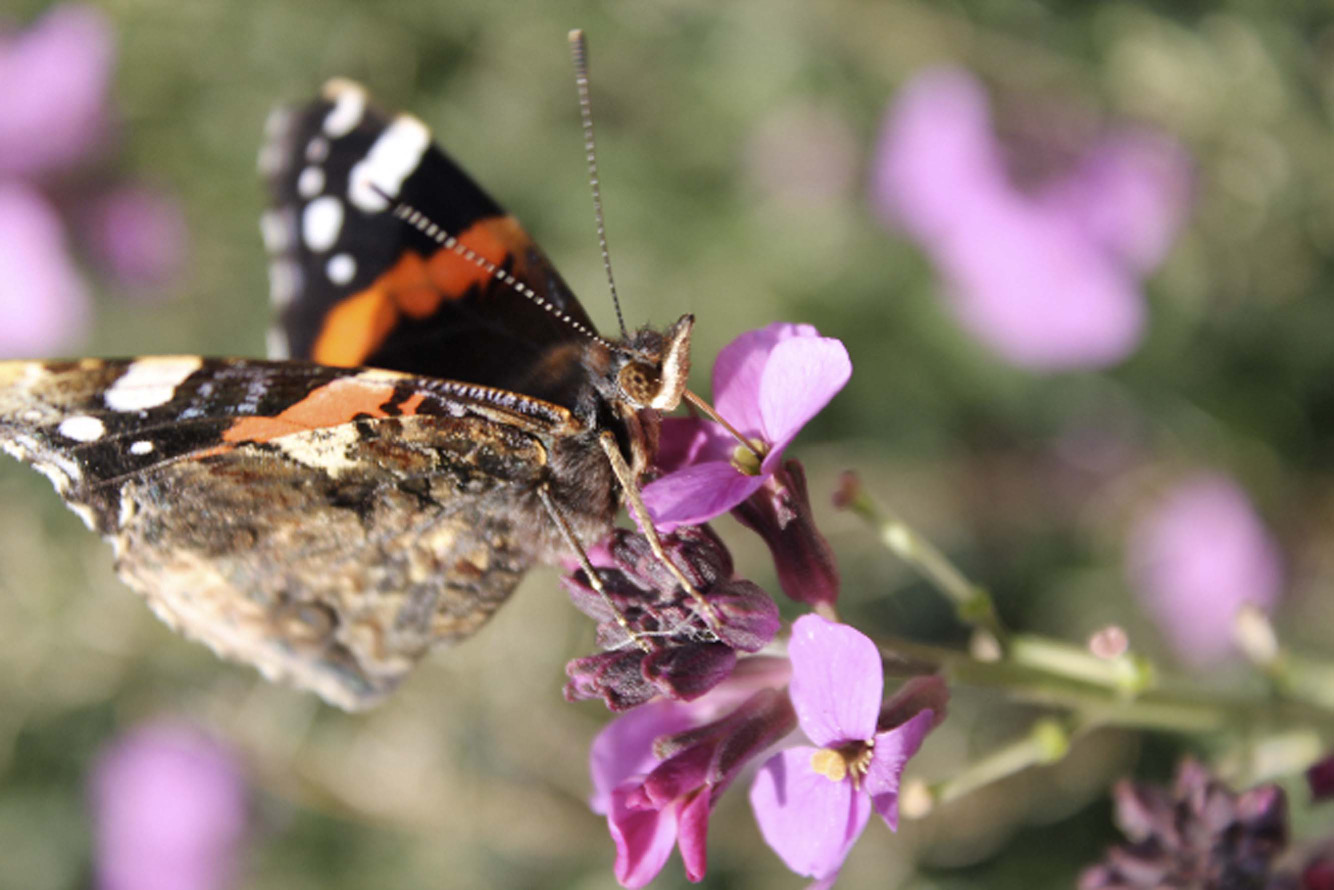
- words: Jo Arnell
You may also like
Go with the Flow
Sue Whigham shares some valuable new-to-gardening advice I’m sure that by now we should be used to the rain but I’m not entirely sure that we are. We had a dry, sunny day the other day and how everybody’s mood...
Farm Fables
Jane Howard gets to the bottom of why so many ponds have disappeared across the High Weald I have a new passion, almost an obsession, it’s about ponds. And there’s a distinct possibility I might become a bit of a...
Hedge Issues
Sue Whigham takes a meander along nature’s verdant and vital corridors Recently the BBC’s Today programme carried a feature about England’s hedgerows which created a lot of interest among listeners. On the strength of that, Martha Kearney interviewed one of...
